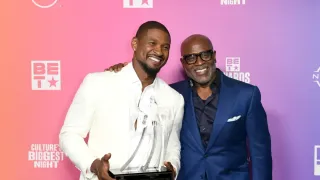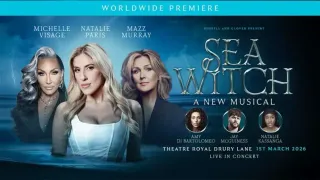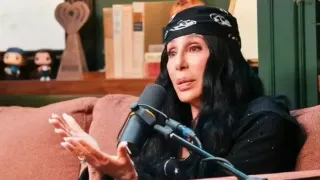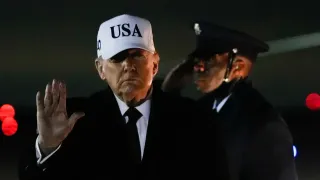January 12, 2018
Baseball Agent Fired After Report He Placed Camera in Shower
READ TIME: 1 MIN.
A baseball agent has been fired after an accusation he used a camera to surreptitiously record clients in a shower.
CSE Talent, the agency headed by Lonnie Cooper, said in a statement Wednesday that it had fired Jason Wood, who had headed its baseball division since last April.
FanRag Sports reported a player, whom it did not identify, discovered the camera while using a shower at Wood's home.
"For over 32 years, CSE Talent has prided itself on our moral and ethical standards and have built a solid reputation within the industry. We take pride in working with people who represent these values," CSE President Danny Martoe said in a statement. "It's unfortunate that CSE Talent aligned itself with someone who didn't uphold these same standards, and therefore we chose to terminate with cause Wood's employment."
Wood was suspended Wednesday by the Major League Baseball Players Association, which was informed of the allegation earlier in the day by CSE. The union, which certifies agents, said it will give Wood a chance to respond.
"The allegations that have surfaced today are absurd and untrue," Woods said in a statement. "Over the past 13 years I have worked tirelessly to build a successful agency through integrity and hard work. I am disappointed that there are those who have chosen to spread such irresponsible and harmful rumors."
His clients included Boston's Andrew Benintendi.
Martoe and General Counsel Brian Roof will head the baseball division, CSE said.
Major League Baseball declined comment.






